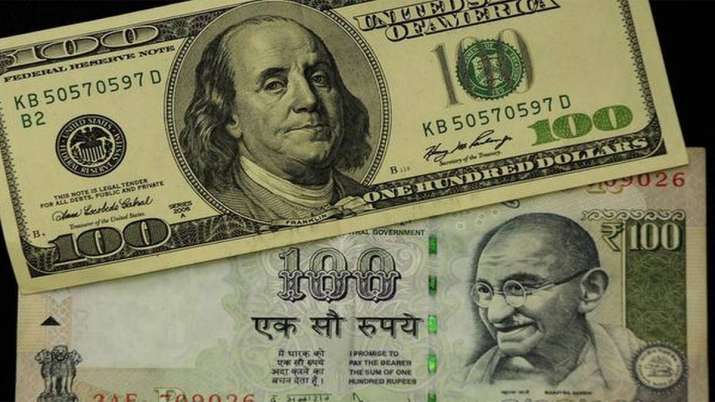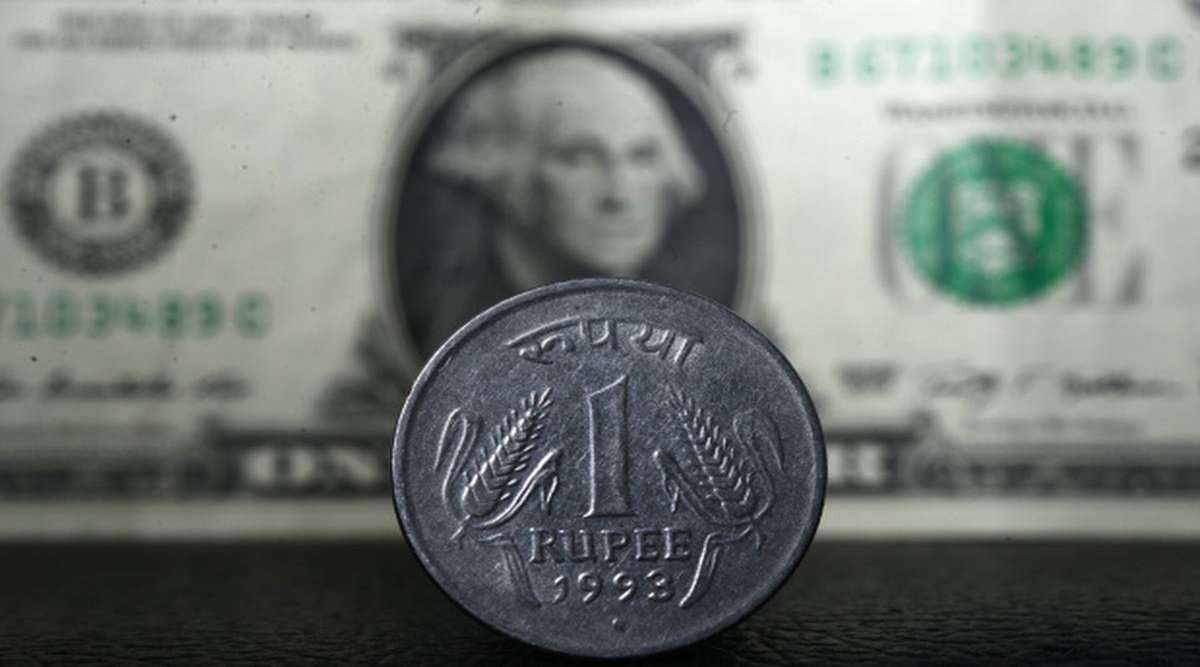On Friday, the Indian rupee saw its largest one-day gain in almost a year, supported by a steep decline in the value of the dollar, while bond prices dropped to their lowest levels in two and a half months, following declines in their American equivalents. Its highest single-day performance since August 27 of last year, the comparatively convertible rupee closed trading at 79.25 against the dollar, up by 0.6% from Thursday’s closing of 79.7550. It reached 79.17 during the session, its highest level since July 7.
According to RBI Governor Shaktikanta Das, India’s central bank has zero tolerance for the rupee’s volatile fluctuations and will keep interacting with the foreign exchange market to make sure the rupee settles at the proper level. Amidst a steep decline in Treasury yields, the dollar’s value relative to the yen remained close to a six-week low. Nearly all Asian currencies increased against the U.S. dollar.
The benchmark 10-year bond yield, which had previously dropped to 7.2527%, its lowest level since May 12, closed trading at 7.3196%. On Thursday, it had reached 7.3316%.
The rupee’s fortunes in the upcoming months would be significantly influenced by the foreign capital inflows. More than $30 billion worth of Indian stocks has been net sold by foreign investors so far in 2022. The Reserve Bank of India’s monetary policy review will now be the center of traders’ attention the following week.
“While inflation is expected to stay high in the short term, we believe the MPC may recognize that price pressures have peaked and note the favorable tailwinds by cutting its inflation predictions, albeit little,” said, Barclays. For the sixth consecutive month in June, India’s retail inflation stayed stubbornly over the 7% threshold and outside the central bank’s tolerance band, but recent data has indicated a lessening bias.

